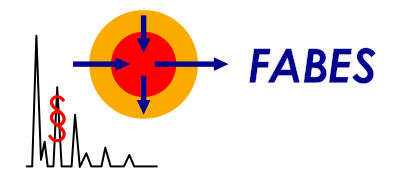History
FABES Forschungs-GmbH was founded in 1997 by Dr Otto Piringer, Dr Monika Rüter and two other partners with the aim of building up a company with a high level of expertise that would continue to include research in addition to compliance work. Dr Piringer was, among other things, head of the Product Safety and Analytics Department of the Fraunhofer Institute for Food Technology and Packaging for many years and had more than 50 years of experience in the field of measurement and theoretical estimation of migration processes from polymers and other matrices in contact media. He was a member of the Commission for Consumer Products of the Federal Institute for Risk Assessment (BfR) in Berlin for 25 years. Dr. Rüter was an employee of the same Fraunhofer Institute for many years and has been the managing director of FABES together with Dr Piringer since 2008. Currently, the management is formed by Dr Rüter and Dr Manfred Oßberger. Dr Oßberger has been an employee of FABES since 2008. At present, the team consists of just under 20 employees who have been able to successively expand the main activities since the beginning. FABES is the initiator of important compliance assessment components that are used as standard nowadays. The consistent use of Tenax for the simulation of migration to dry food, the simulation of the “set-off” effect through prior storage of the samples, screening methods for “NIAS” and the introduction of an analytical package for the conformity assessment of recycled materials intended to come into contact with cosmetic products are worth mentioning. The use of algorithms to estimate migration by means of software programs (“modelling”) should also be highlighted I this framework. Here, it is important to FABES to combine measurement methods and the use of mathematical models in order to be able to carry out assessments of any kind as realistically as possible.
